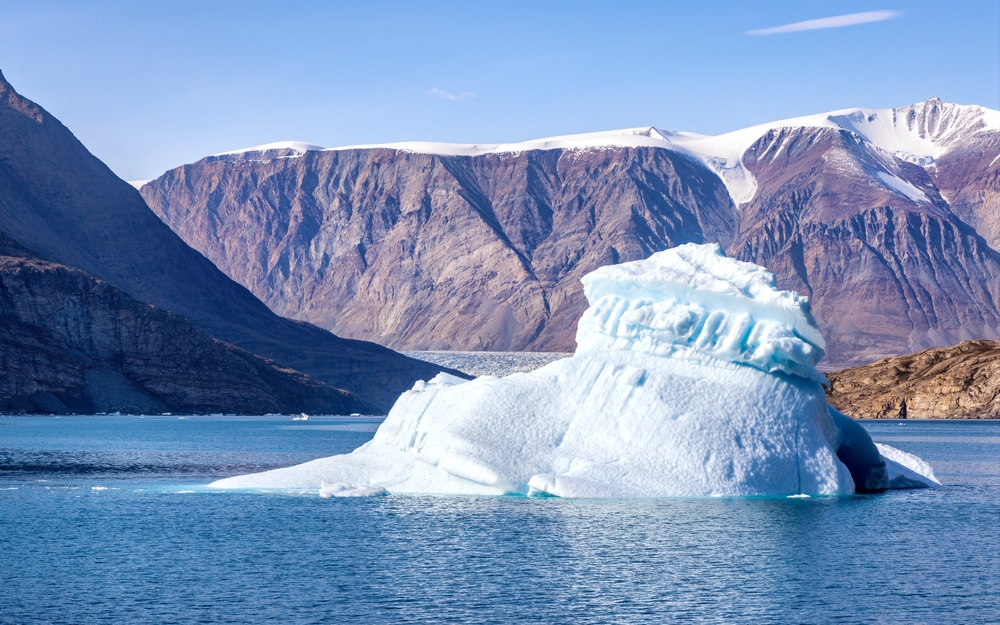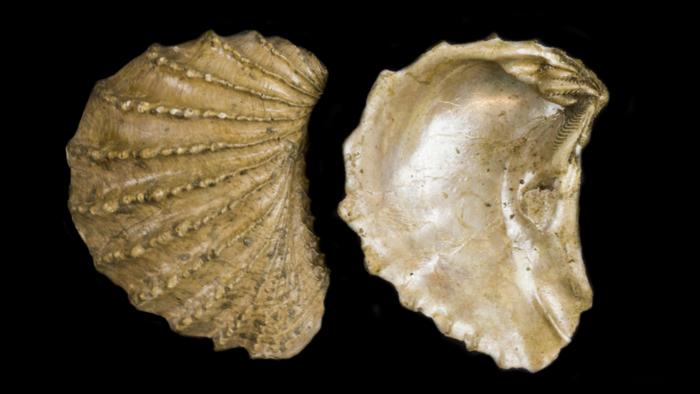Now Reading: The Earth Mysteriously Pulsed Every 90 Seconds for Nine Days in 2023 — We Now Know Why
-
01
The Earth Mysteriously Pulsed Every 90 Seconds for Nine Days in 2023 — We Now Know Why
The Earth Mysteriously Pulsed Every 90 Seconds for Nine Days in 2023 — We Now Know Why

In September 2023, a strange seismic signal rippled across global monitoring stations. Every 90 seconds, for nine days straight, the Earth subtly pulsed — and then it happened again a month later. No earthquake. No explosion. The suspected epicenter: the remote Dickson Fjord in East Greenland.
Now, a new study published in Nature Communications from the University of Oxford has solved the mystery. Using cutting-edge satellite technology, researchers mapped the movement of water in the fjord and confirmed the existence of a rare phenomenon: massive waves created by landslides that bounced back and forth for days, generating the rhythmic seismic signals. These long-lasting standing waves, called seiches, had never been directly observed in this kind of setting — until now.
Were the Pulses From a Tsunami or Seiche?
A tsunami is any wave generated by a sudden displacement of water, often by earthquakes, volcanic eruptions, or landslides. It doesn’t need to be tall, it just needs to be abrupt.
A seiche, in contrast, forms when water in an enclosed or semi-enclosed area, like a lake or fjord, sloshes back and forth, like water in a bathtub. It can be caused by wind, seismic activity, or sudden impacts.
In this case, scientists now believe that two glacier-driven rock-ice avalanches slammed into Dickson Fjord, launching tsunami waves with an estimated initial amplitude of 7.9 meters. The fjord’s narrow geography trapped the energy, producing seiche-like oscillations that continued for days and caused the rhythmic seismic signals detected worldwide.
Read More: Deep-Sea Deposits of Amber May Document Massive 116-Million-Year-Old Tsunamis
Satellite Confirms Tsunami Events
Until recently, no satellite data had captured these elusive seiches. Traditional altimeters scan only narrow strips of ocean surface directly beneath the spacecraft, often missing brief or localized phenomena.
But a new mission changed that. Launched in December 2022 by NASA and the French space agency CNES, the Surface Water and Ocean Topography (SWOT) satellite uses the Ka-band Radar Interferometer (KaRIn) to scan a wide 30-mile swath at high resolution.
Oxford researchers used SWOT data to map elevation changes in the fjord’s water surface following the tsunami events. They found cross-channel slopes up to two meters high — and critically, the direction of the slopes flipped over time. This was clear evidence of a standing wave, undulating back and forth.
Using machine learning, seismic data, and crustal movement measurements from thousands of kilometers away, the team reconstructed the waves’ characteristics even during time gaps in satellite coverage. They also ruled out tides and wind as causes by analyzing weather and ocean conditions at the time.
Climate Change Hits the Arctic the Hardest
As Arctic temperatures rise, Greenland’s glaciers are melting and destabilizing surrounding slopes. That makes catastrophic landslides more likely.
“Climate change is giving rise to new, unseen extremes,” said lead author Thomas Monahan in a press release, “These extremes are changing fastest in remote areas like the Arctic, where our ability to measure them is limited. This study shows how we can leverage the next generation of satellite earth observation technologies to study these processes.”
Even a Danish military ship patrolling the fjord three days after the first seismic signals saw nothing — underscoring the need for better surveillance tools.
Co-author and professor at the Department of Engineering Science Thomas Adcock added in the news release, “This study is an example of how the next generation of satellite data can resolve phenomena that has remained a mystery in the past. We will be able to get new insights into ocean extremes such as tsunamis, storm surges, and freak waves. However, to get the most out of these data we will need to innovate and use both machine learning and our knowledge of ocean physics to interpret our new results.”
Read More: 5 Worst Tsunamis in History
Article Sources
Our writers at Discovermagazine.com use peer-reviewed studies and high-quality sources for our articles, and our editors review for scientific accuracy and editorial standards. Review the sources used below for this article:
-
NASA JPL: SWOT Surface Water and Ocean Topography
-
Nature Communications: Observations of the seiche that shook the world
Having worked as a biomedical research assistant in labs across three countries, Jenny excels at translating complex scientific concepts – ranging from medical breakthroughs and pharmacological discoveries to the latest in nutrition – into engaging, accessible content. Her interests extend to topics such as human evolution, psychology, and quirky animal stories. When she’s not immersed in a popular science book, you’ll find her catching waves or cruising around Vancouver Island on her longboard.






















